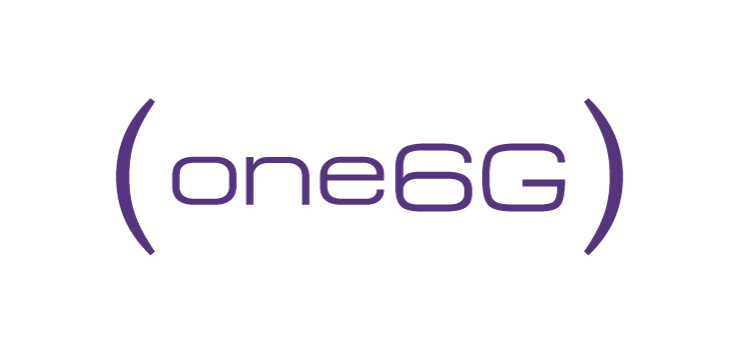one6G panel “Empowering Future Robotics” at the 33rd IEEE SIU Congress
On June 26, 2025, one6G hosted a standout panel titled “6G Empowering Future Robotics” at the 33rd IEEE Signal Processing and Communication Applications Congress (SIU), held at Işık University’s Şile Campus in İstanbul. As a technical sponsor of the event, one6G brought together leading experts to explore the transformative role of 6G technology in robotics, with the session expertly moderated by Tunçer Baykaş (Kadir Has University).
The panel featured three distinguished speakers, including Dr. Mehmet Başaran, one of the one6G Vice-Chairs, who delivered a presentation titled “Turkcell’s Robotics Use Cases Experience on the Road to 6G,” in which he discussed the practical applications of robotics within the 6G framework, emphasizing how mobile network operators can leverage advanced connectivity to enhance robotic functionalities. Highlighting Turkcell’s pioneering efforts through its 6GEN.Lab, Dr. Başaran showcased real-world use cases, including the 5G-connected humanoid robot AVATAR, autonomous mobile robots for industrial safety, and collaborative robots (cobots) in smart construction. He explained how 6G technologies—such as Ultra-Reliable Low-Latency Communication (URLLC), Integrated Sensing and Communications (ISAC), and AI-enabled automation—will empower advanced robotic systems. He also outlined Turkcell’s contributions to international standardisation and its proactive role in shaping the 6G robotics ecosystem through collaboration, innovation, and participation in leading research and industrial alliances.
Then, one6G representative Dr. Mona Ghassemian shared her expertise in “Mapping Requirements and Advancements for the IMT-2030 Framework,” and presented the one6G White Paper published on this topic in March 2025. She outlined the essential requirements for the next generation of mobile networks and their implications for robotics, providing a roadmap for future innovations. She emphasized the transition from 5G to 6G, detailing how new capabilities—including Integrated Sensing and Communications—will enhance Connected Perception for robotics applications. She also addressed ethical considerations in AI models to ensure responsible deployment in robotic systems and underscored the importance of involving robotics experts in the early stages of standard development.
Selami Çiftçi (R&D Manager, Türk Telekom) contributed to the panel by discussing the necessary infrastructure enhancements to facilitate the seamless integration of robotics within 6G networks. He emphasized the importance of enabling technologies such as ISAC and engaged in a dynamic discussion on the intersection of 6G technology and robotics. Dr. Çiftçi articulated the expectations of mobile network operators from 6G, highlighting the significance of monetization and the need for usage scenarios that align with operators’ investments. He advocated for a lean architecture in 6G, envisioning an AI-native structure that would optimize performance. Additionally, he foresaw that terrestrial networks would work in tandem with non-terrestrial mechanisms as essential for advancing the 6G landscape.
The one6G panel facilitated engaging discussions on the implications of 6G technology across various industries. This interactive format placed attendees at the forefront of the evolving robotics landscape, fostering a dynamic exchange of ideas and innovations.
